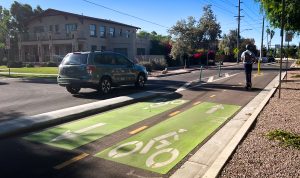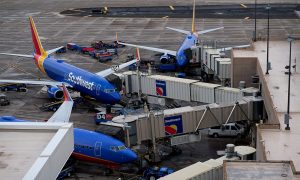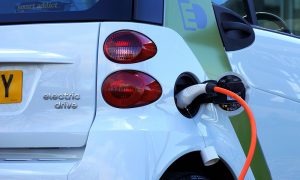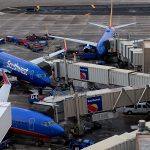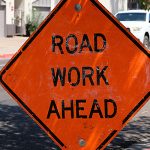Millennials are multimodal, choosing the best transportation mode — driving, transit, bike or walk — based on the trip they are planning to take, according to a new report by the American Public Transportation Association (APTA).
Communities that attract millennials have a multitude of transportation choices, as proven by millennial hotspots, popular zip codes where residents have self-selected into a multi-modal lifestyle, says the report, entitled “Millennials & Mobility: Understanding the Millennial Mindset.”
APTA held in-depth interviews in five cities — Boston, San Francisco, Austin, Texas, Boulder, Colorado, and Minneapolis — and surveyed 1,000 people in six cities — Boston, Chicago, San Francisco, Seattle, Portland, Oregon, and Washington, D.C. — that represent cities millennials find attractive.
This topic was covered on April 13 by our Rian Bosse, who wrote about how more cities and business organizations are working to actively pursue the under-thirty demographic, with some of the most aggressive including Kansas City, Mo., and Columbus, Ohio. “From bike paths to improved public school programs for early childhood education, there are many things cities, both big and small, will do to attract young people,” Bosse wrote.
An April 14 story cited a 2014 study by the Rockefeller Foundation and Transportation for America reported that four in five millennials in 10 major U.S. cities say they want to live in places where they have a variety of options to get to jobs, school or daily needs. And a 2015 report by the Ohio PIRG Education Fund, “Searching for a Better Ride,” shows that the state needs to expand other transportation options to attract and retain the millennial generation, said Kathleen Woodruff, field organizer for the Fund, which lobbies on education issues.
And a February 15 story covered how Millennials are moving to Buffalo or other cheap second-tier cities like Portland, Baltimore and Minneapolis to start a career in something they are passionate about. These “cool” cities, which have good transportation options, give them an affordable chance to live an authentic city lifestyle and have social scenes that continue to grow.
Public transportation options are considered the best for digital socializing and among the most likely to connect the user with their communities, said the report. “Transit also allows millennials to work as they travel, a trend noted by 40 percent of those polled. These benefits of public transit need to be fully leveraged by the industry, as they provide a clear competitive advantage,” it said.
What are millennials’ reasons and motivations for their transportation choices? They are driven by pragmatism, with 46 percent saying a need to save money drives their choices. Forty-six percent also note convenience, 44 percent want exercise and 35 percent say they live in a community where it just makes more sense to use transit.
Millennials care about the environment, said the report. “The attribute of being `better for the environment,’ was a top-ranking perceived benefit for walking, biking, skateboarding, subway/light rail, as well as bike-sharing,” it said. “While millennials consider the environment and their carbon footprint, other considerations have greater importance to their transportation decisions such as the cost, convenience, the ability to get exercise, and transit-friendly neighborhood preference.”
Although not in widespread use, millennials are becoming increasingly aware of and interested in the idea of share-based transportation services, with 33 percent taking advantage of programs including bike sharing and car sharing.
Millennials are mobile, and so is their work, said the report. “Being able to connect with digital resources and accomplish work while traveling is a growing trend and an important benefit,” it said. “That said, this anywhere/everywhere work style only reduces concern about time spent traveling for one in five millennials.”
Public transit providers should keep services as affordable as possible for those starting out on a new career, starting a family, and/or paying a premium on housing for an urban lifestyle — and keep options less than the cost of owning/ running a car, said the report.
Millennials would like to see the following from public transit in the next 10 years:
- 61 percent want more reliable systems;
- 55 percent want real-time updates;
- 55 percent want Wi-Fi or 3G/4G wherever they go; and
- 44 percent want a more user-friendly and intuitive travel experience.
For stories, reach out to local transit agencies to see what trends they’re seeing among their millennial ridership.




